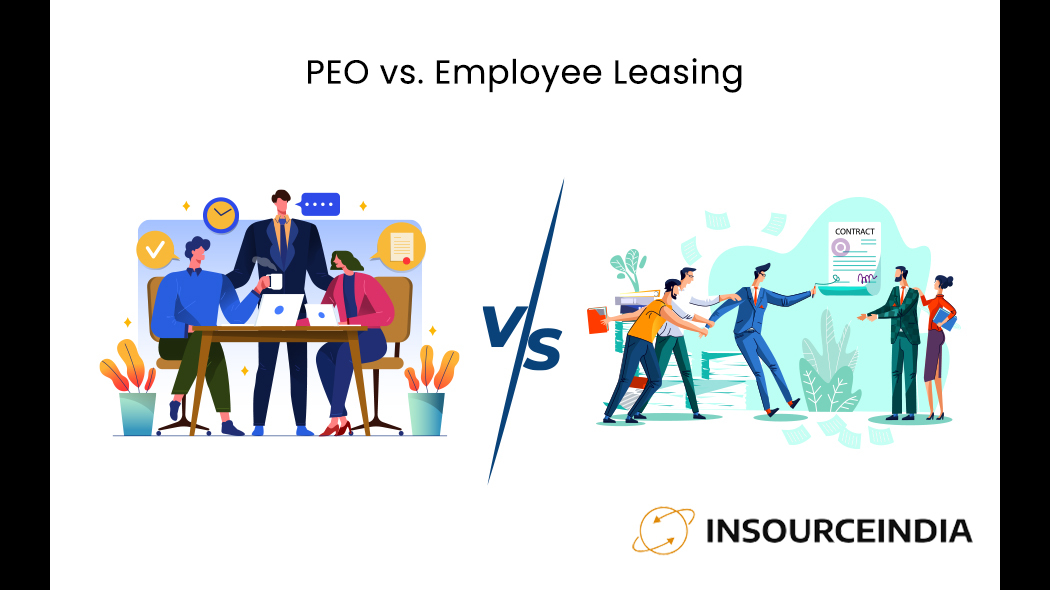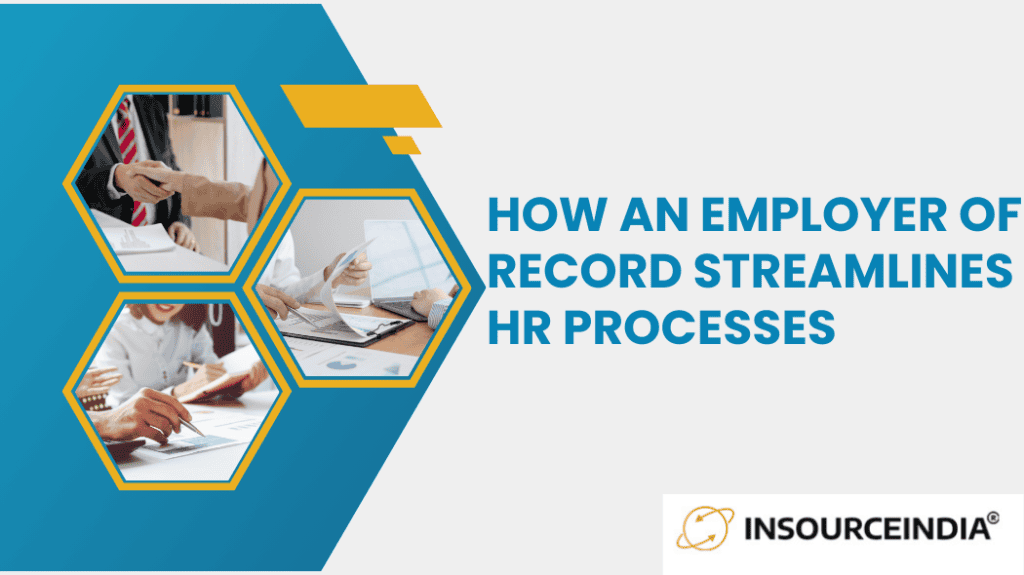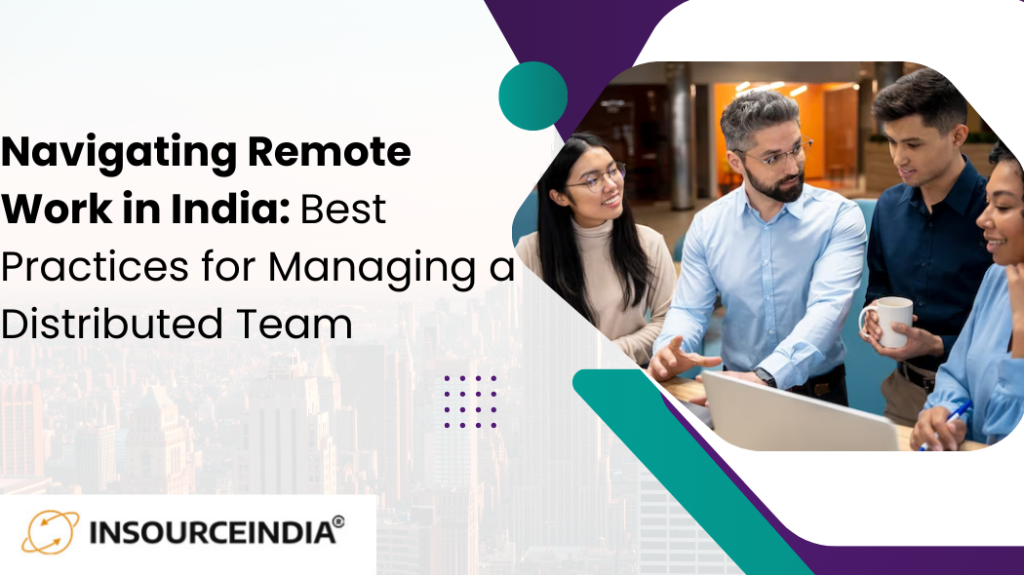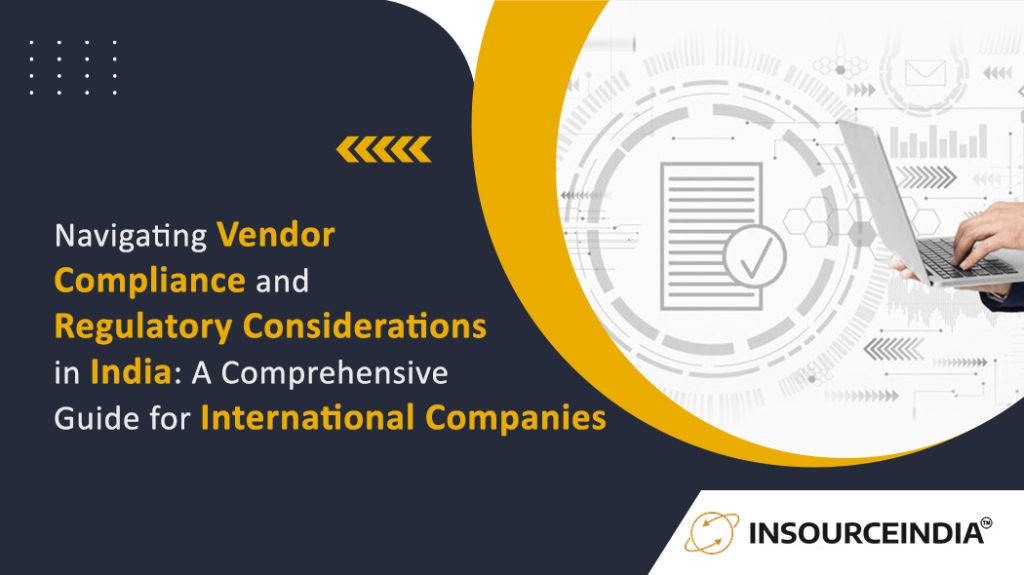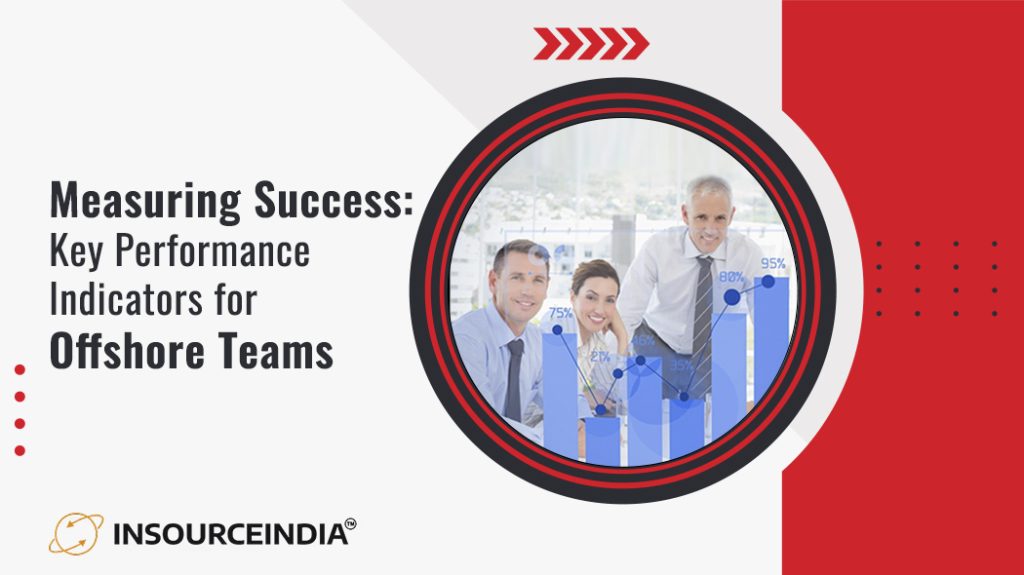In the ever-evolving landscape of human resources management, companies are constantly exploring innovative ways to streamline their operations and optimize their workforce. Two popular options that have emerged in recent years are Professional Employer Organizations (PEOs) and Employee Leasing. While these terms are often used interchangeably, it is essential to understand the differences between them to make an informed decision for your organization. In this article, we will delve into the contrasting aspects of PEO and Employee Leasing, enabling you to choose the most suitable solution for your business.
Understanding PEO:
A Professional Employer Organization (PEO) is an external entity that collaborates with companies to assume responsibility for certain human resources functions. When a company partners with a PEO, the employees are technically co-employed by the PEO and the client company. The PEO manages essential HR tasks such as payroll, benefits administration, workers’ compensation, tax compliance, and risk management. This co-employment model allows businesses to offload non-core HR functions to experts, freeing up valuable time and resources.
Exploring Employee Leasing:
Employee Leasing, also known as Staff Leasing or Professional Employer Leasing (PEL), is another HR outsourcing arrangement where a company transfers its employees to a leasing company. Under this arrangement, the leasing company becomes the employer of record for the workers, taking on administrative responsibilities and HR tasks. However, unlike the PEO model, the client company retains control over the daily operations and management of the employees. The leasing company handles payroll, benefits administration, and compliance-related matters on behalf of the client.
PEO vs. Employee Leasing
1. Co-employment vs. Employer of Record: The fundamental difference between PEO and Employee Leasing lies in the employer-employee relationship. In a PEO arrangement, the PEO becomes a co-employer, assuming shared responsibilities and liabilities with the client company. On the other hand, in Employee Leasing, the leasing company becomes the employer of record, handling administrative tasks without sharing the employer’s legal obligations.
2. HR Control and Management: With a PEO, the client company shares certain HR responsibilities but retains control over day-to-day operations, employee supervision, and decision-making. The PEO provides guidance and expertise, offering HR advice and best practices. In contrast, Employee Leasing allows the client company to maintain complete control over employee management while delegating administrative functions to the leasing company.
3. Legal and Compliance Obligations: PEOs typically assume a higher level of legal and compliance responsibilities, sharing the burden with the client company. They often manage employee benefits, workers’ compensation insurance, and legal compliance, ensuring adherence to labor laws and regulations. In the Employee Leasing model, the leasing company takes on the employer’s legal responsibilities, including payroll taxes, unemployment insurance, and compliance with employment regulations.
4. Flexibility and Scalability: Both PEO and Employee Leasing offer flexibility, allowing companies to scale their workforce up or down as needed. However, PEOs often provide more scalability options, as they can leverage their resources and infrastructure to accommodate growth or downsizing effectively. PEOs also offer access to a broader range of benefits, employee training, and development programs.
| Points | Professional Employer Organizations (PEOs) | Employee Leasing |
| Employer Relationship | Co-employment model; PEO becomes a co-employer along with the client company. | Leasing company becomes the “employer of record” for the employees. |
| HR Control and Management | Shared responsibilities with the client company; PEO provides guidance while the client retains control over employee management. | Client company retains full control and authority over employee management and operations. |
| Legal & Compliance Obligations | Shared legal obligations and compliance; PEO assists with payroll taxes, benefits compliance, and regulatory requirements. | Leasing company assumes legal obligations related to payroll taxes, benefits, and regulatory compliance. |
| Flexibility & Scalability | Offers scalability options, access to comprehensive benefits, and resources to accommodate growth or downsizing. | Provides administrative efficiency and flexibility to adjust the workforce size without sacrificing control. |
| Decision-Making | Joint decision-making with the PEO on HR-related matters. | Client company retains decision-making authority over employee management and operational decisions. |
Challenges associated with employee leasing and solutions:
| Challenges | Solutions |
| Employee Engagement |
1. Provide opportunities for interaction and integration with the client company’s employees. 2. Implement employee recognition programs to foster a sense of belonging. |
| Control and Communication |
1. Establish clear lines of communication and expectations between the client company and the leasing company. 2. Conduct regular meetings and check-ins to address any concerns or issues promptly. |
|
Compliance & Legal Responsibilities |
1. Clearly define the leasing company’s legal obligations and compliance responsibilities in the contract. 2. Regularly review and monitor compliance measures to ensure adherence to employment laws and regulations. |
|
Cultural Fit & Team Dynamics |
1. Facilitate team-building activities to promote cohesion between leased employees and the existing team. 2. Encourage open communication and understanding of different backgrounds and perspectives. |
|
Retaining Talent |
1. Provide growth and development opportunities for leased employees. 2. Offer competitive compensation and benefits packages to attract and retain top talent. |
|
Transition & Knowledge Transfer |
1. Develop a comprehensive onboarding process to facilitate a smooth transition for leased employees. 2. Implement knowledge transfer mechanisms to ensure the transfer of critical expertise and proprietary information. |
|
Perception & Reputation |
1. Transparently communicate the rationale and benefits of employee leasing to internal and external stakeholders. 2. Showcase success stories of leased employees who have made significant contributions to the client company. |
How partnering with a PEO can mitigate Employee Leasing challenges :
| Challenges | PEO Solutions |
| Employee Engagement | PEOs offer comprehensive employee benefits packages, including healthcare, retirement plans, and wellness programs, enhancing employee engagement and satisfaction. PEOs provide HR expertise and support to ensure effective employee communication and engagement strategies. |
| Control and Communication | PEOs establish clear lines of communication with the client company and act as a liaison between the client and the leased employees. PEOs provide regular check-ins and feedback mechanisms to address any concerns or issues promptly. |
| Compliance and Legal Responsibilities | PEOs assume a shared responsibility for legal compliance, including payroll taxes, benefits administration, and regulatory requirements. They stay up-to-date with employment laws and regulations, ensuring adherence and mitigating compliance risks for the client company. |
| Cultural Fit and Team Dynamics | PEOs assist in integrating leased employees into the client company’s culture through tailored onboarding programs and team-building activities. They promote open communication and foster a sense of belonging among leased employees and the existing team. |
| Retaining Talent | PEOs offer competitive employee benefit packages, training and development opportunities, and career growth programs, enhancing leased employees’ job satisfaction and retention. PEOs help the client company implement effective talent management strategies to attract and retain top talent. |
| Transition and Knowledge Transfer | PEOs facilitate a smooth transition for leased employees through comprehensive onboarding processes, ensuring a seamless integration into the client company. They provide mechanisms for knowledge transfer and retention, preserving critical expertise within the organization. |
| Perception and Reputation | PEOs enhance the client company’s reputation by showcasing their expertise in HR management and compliance. PEOs transparently communicate the value of employee leasing, highlighting the benefits, cost savings, and access to HR resources and expertise. |
Choosing the Right Solution: The decision to opt for a PEO or Employee Leasing depends on the specific needs and priorities of your organization. If you seek a partnership that involves shared HR responsibilities, access to a broader suite of benefits, and compliance assistance, a PEO may be the best fit. On the other hand, if you wish to retain full control over employee management while outsourcing administrative tasks, Employee Leasing could be a viable option.
Partnering with a PEO can help mitigate the challenges associated with employee leasing by leveraging their expertise, resources, and comprehensive HR solutions. PEOs ensure legal compliance, enhance employee engagement, support effective communication, and facilitate a smooth transition for leased employees, ultimately providing a robust HR framework for the client company.
As businesses seek efficient ways to manage their human resources functions, PEOs and Employee Leasing have emerged as viable alternatives to in-house HR management. Understanding the distinctions between these two models is crucial in making an informed decision that aligns with your organization’s objectives. Whether you opt for a PEO or Employee Leasing, both options provide valuable solutions to alleviate administrative burdens, enabling you to focus on core business activities and drive growth.
InsourceIndia takes care of services for HR, payroll, insurance, benefits, and risk management. InsourceIndia goes one additional step further than what generally PEO agencies offer, we provide extended services like leave management, recruiting, office infrastructure Service & HR management.
